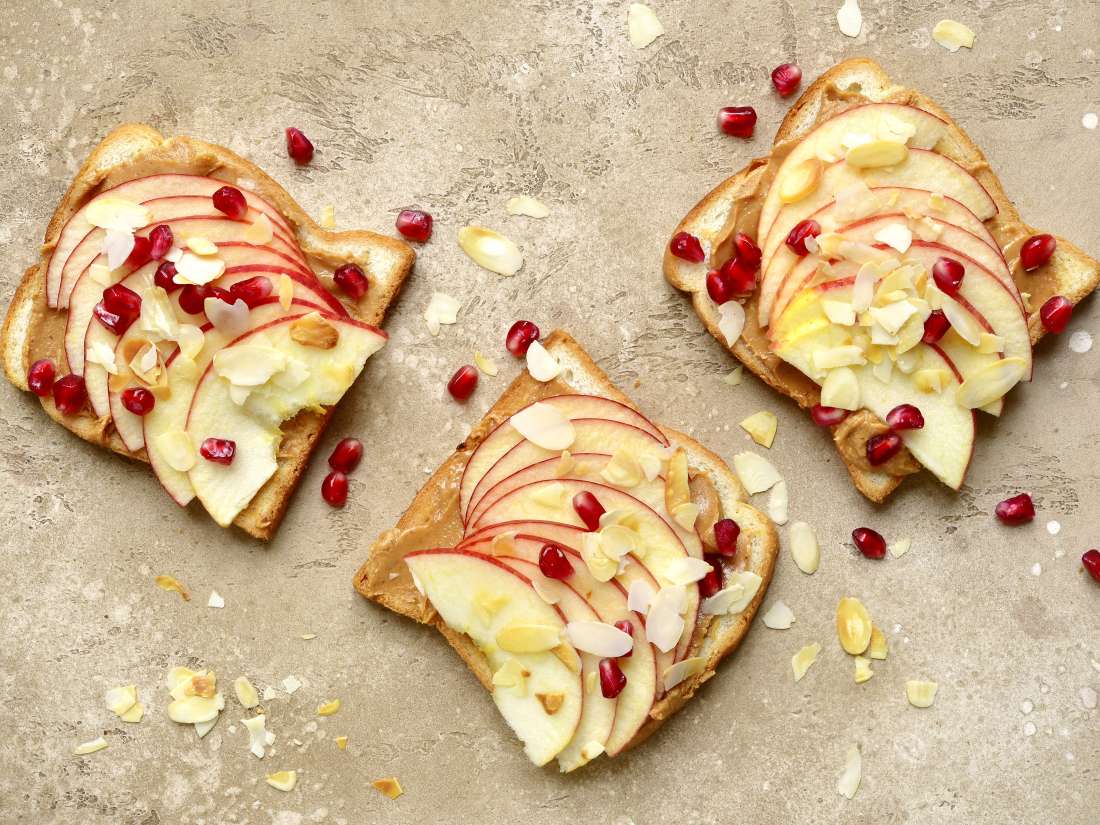Susan J. Whiting, PhD; Hassanali Vatanparast, MD
2005
A Dietary Plan to Recommend: the DASH Diet
From the information presented, it becomes apparent that a variety of nutrients affects bone health (Figure 1). Promoting intake of single nutrients is not the best approach in osteoporosis prevention and treatment as nutrients occur together in foods. A typical Western diet--containing inadequate amounts of calcium, vegetables, and fruits and large amounts of salt (NaCl)--harms overall health, including bone.[5] The DASH (Dietary Approaches to Stop Hypertension) dietary plan ( Table 3 ), which emphasizes intake of vegetables, fruits, and low-fat diary products and avoids consumption of processed foods, fulfills the need for optimal intake of many bone beneficial nutrients.[5]
The DASH diet provides the amount of calcium needed by adults up to 50 years of age, necessitating a calcium supplement to meet the higher needs of those over 50 years. It provides the optimal amount of alkaline potassium equivalents through consumption of fruits and vegetables; these foods also supply magnesium, vitamin C, and other antioxidants, all of which play a role in bone metabolism. Polyphenols, such as those in tea (but in many fruits and vegetables also), have been positively associated with bone health.[27] Moreover, the DASH diet provides a reasonable level of sodium intake without having to endure unpalatable foods. Hence, although the DASH diet is designated to control hypertension, it has complementary, beneficial effects on bone health.[28]
Conclusion
For adults over 50 years of age, the DASH diet emphasizing fruit and vegetables as well as dairy products and whole grains and beans, together with a calcium and a vitamin D supplement, will provide dietary defense against osteoporosis. For persons with osteoporosis, these dietary treatments are needed as adjuncts to therapy.











